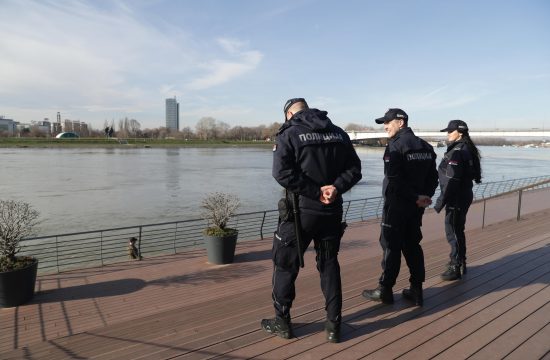
"The number of micro-enterprises and small-to-medium businesses is increasing each year and, despite an extremely challenging 2020, there were almost 4,500 more companies in 2021. Currently their biggest problem are energy prices," said state agency Hina on Monday, citing a study published by the Zagreb Institute of Economics (EIZ).
The study, which looked at small businesses in Croatia, also showed that, in addition to the difficult business conditions due to the coronavirus pandemic, uncertainty related to supply chains created problems for businesses in 2021, as did the significant increase in energy prices.
Hina did not provide any definition for micro-, small-, or medium-sized businesses.
In 2021, the price of energy for businesses increased on average by 32.7 percent from 2020, Hina said, which “also affected the operations of micro-enterprises and SMEs,” Hina added, saying that their energy costs in 2021 “increased by 18.6 percent compared to 2020, totaling 10.6 billion kuna.”
“Given that in the first seven months of this year, energy costs for companies increased by an additional 80.7 percent compared to the same period in 2021, and they are expected to continue increasing until the end of 2022, this will have an even greater negative effect on the operations of SMEs,” Hina cited the study, without naming its authors.
Despite the crisis, the number of small businesses increased, while their total assets, the number of employees, the amount of net wages paid, total income and expenses also increased, as did their consolidated net profit and exports, in the period from 2019 to 2021. Despite the still difficult business conditions caused by the pandemic in 2021, “which was a year of recovery in Croatia after the general shock that hit the world the previous year,” there were “4,372 more small businesses in the country than in 2020.”
These companies had 48.7 billion kuna more in assets and paid 3.2 billion kuna more in net wages. In 2021, the average net salary in small businesses also increased and amounted to 5,542 kuna, while in the previous year it amounted to 5,499 kuna, the study showed. Furthermore, a significant increase in the number of employees was achieved, as they employed 653,000 people in 2021, up from the pandemic year of 2020 and 609,000.
The recovery of economic activity also increased the total income of small businesses by 90.3 billion kuna, from 452 billion kuna to 543 billion kuna. Their total revenues in 2021 surpassed the revenues achieved in 2019, when they amounted to 473 billion kuna.
In 2021 businesses in all of Croatia’s counties recorded an increase in total revenues. As a rule, they grew at a higher rate in coastal counties compared to continental counties, with the exception of Vukovar-Srijem and Sisak-Moslavina counties, which also achieved the highest income growth rates, of 64.7 percent and 33.2 percent respectively.
They were followed by Dubrovnik-Neretva County (+26.5 percent), Istria County (+18 percent), Zadar County (+23.2 percent), Primorje-Gorski Kotar County (+22.2 percent), Sibenik-Knin County (+22 percent) and Split-Dalmatia County (+19.9 percent).
The City of Zagreb led the way with the highest total revenue of 226 billion kuna, followed by small businesses in Zagreb County (which surrounds the capital city but does not include it) with 43 billion kuna in revenue, Split-Dalmatia County with 42 billion kuna, and Primorje-Gorski Kotar County with 32 billion kuna.
(€1 = 7.52 kuna)





Kakvo je tvoje mišljenje o ovome?
Budi prvi koji će ostaviti komentar!